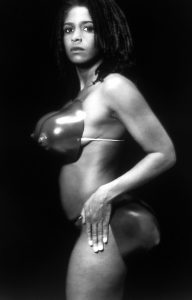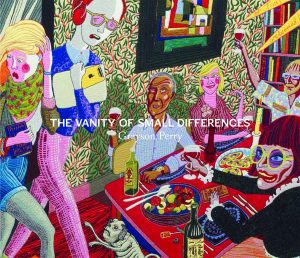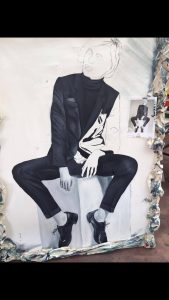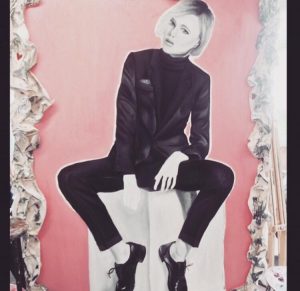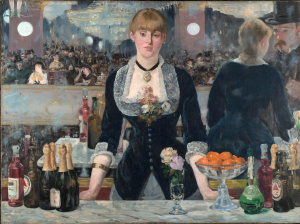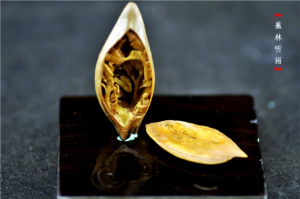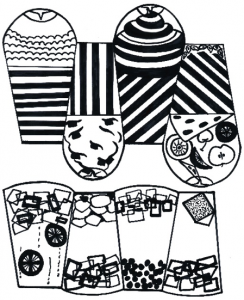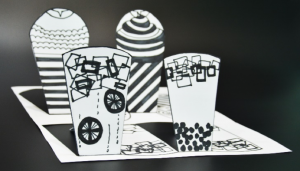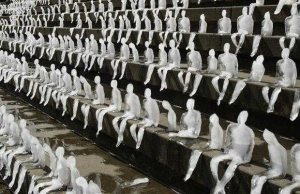The image I have chosen for this task is Renée Cox’s photograph “Hot-en-tot Venus” 1994. In this image, the artist herself poses with a prosthetic breastplate and bottom.
The artist in an interview states that the subject of this image is based on an actual person called Saartje “Sarah” Baartman also known as Hottentot Venus. Born in South Africa but then brought to Europe at the late 1800’s and became a prostitute and was ridiculed. The artist uses this history to create this image is about the media’s portrayal of black women and how it tends to be in a negative yet sexualized way, which was and now extremely relevant. Through posing in this way with the prosthetics the artist is celebrating her own identity.
Renee Cox is a Jamaican-American artist. She explores self-love to self-empower after the what has happened to black people in the past and present. She is noted for her contributions to the Feminist Art Movement in the United States.
In this photo I feel the artist looks determined and powerful with her facial expression and stance. I feel the use of no colour makes an important statement because it gives a more serious tone.
Temple.edu. (2017). Deborah Willis: Black Venus 2010. [online] Available at: http://www.temple.edu/tempress/titles/1440_reg.html [Accessed 12 Dec. 2017].

